Water is a precious resource, and in today’s world, it’s more important than ever to use it wisely in our gardens and landscapes. One of the most efficient and effective ways to conserve water while ensuring your plants get the hydration they need is by installing a drip irrigation system. In this guide, we’ll explore the benefits of drip irrigation, walk you through the installation process, and provide tips for optimizing water use in your garden.
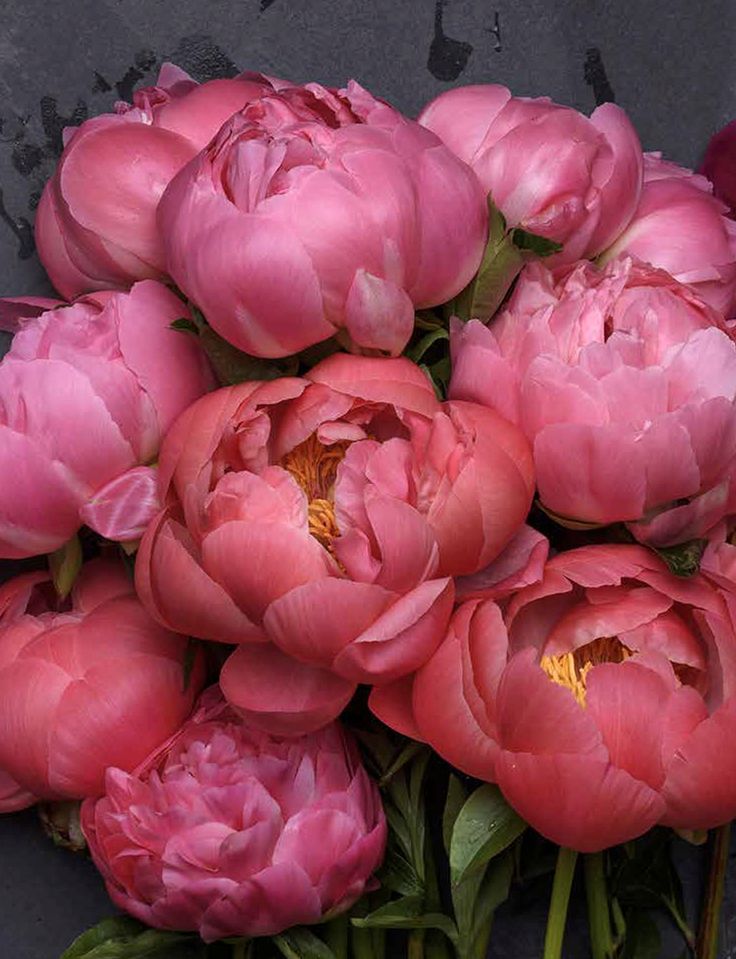
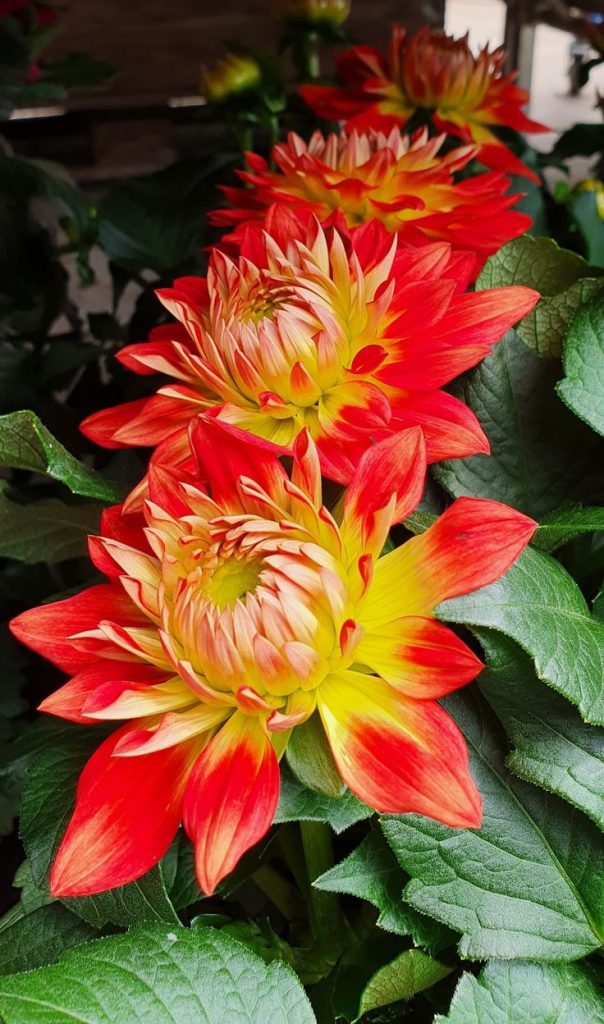
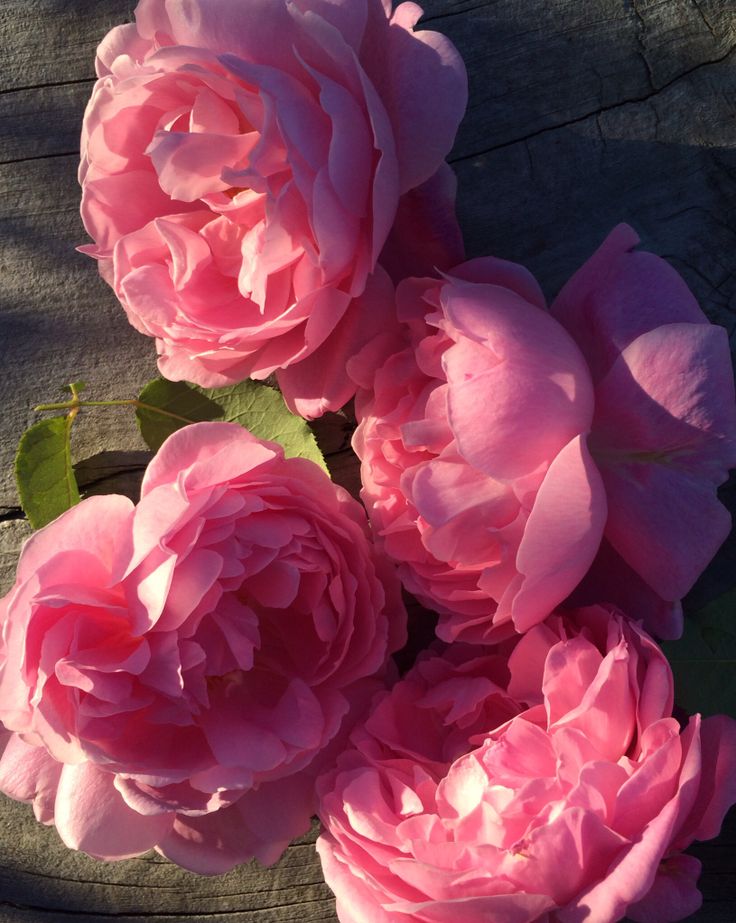
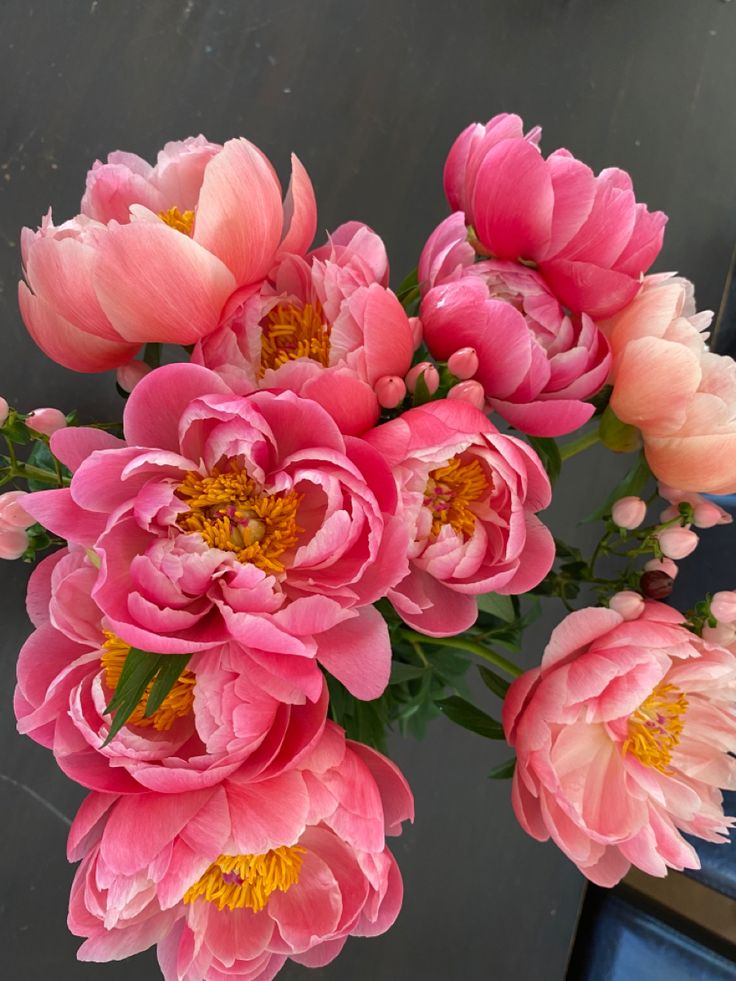

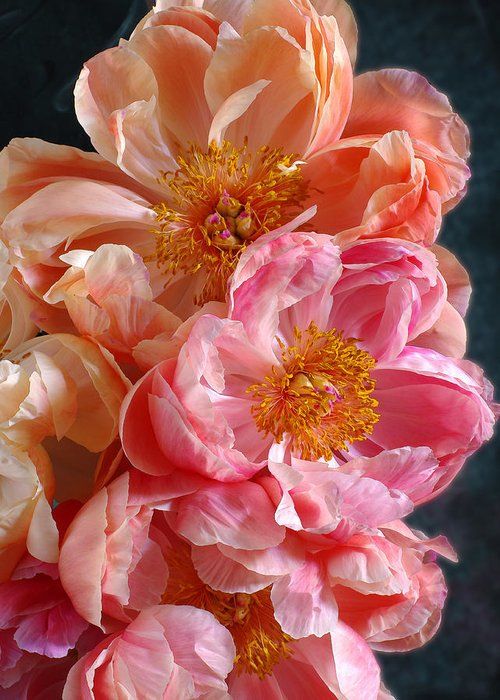


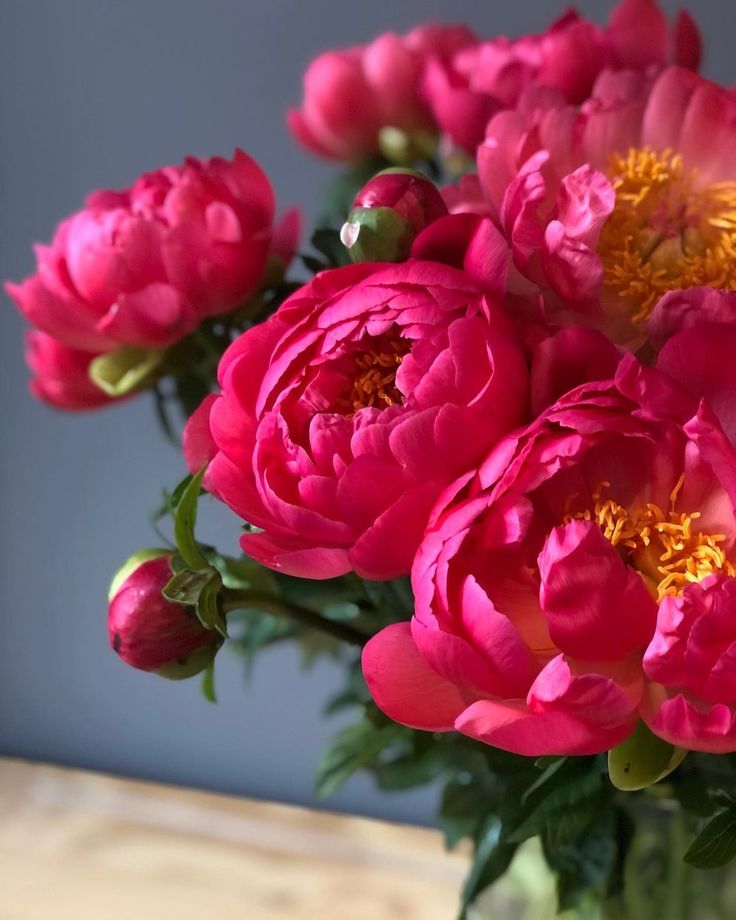

Understanding the Benefits of Drip Irrigation
- Water Efficiency: Drip irrigation delivers water directly to the root zone of plants, minimizing evaporation and runoff compared to traditional sprinkler systems. This targeted approach ensures that plants receive the right amount of water exactly where they need it, leading to significant water savings.
- Consistent Moisture: Drip irrigation provides a consistent and uniform supply of water to plants, preventing under-watering and over-watering. By maintaining optimal soil moisture levels, drip systems promote healthy root growth and reduce the risk of water stress and disease in plants.
- Time Savings: Once installed, drip irrigation systems require minimal maintenance and can be automated with timers or controllers. This allows you to set watering schedules based on plant needs and weather conditions, saving you time and effort compared to manual watering methods.
Planning Your Drip Irrigation System
- Assess Your Garden: Start by assessing your garden layout, plant types, and water needs. Identify areas with different water requirements, such as vegetable beds, flower borders, and container plants, and plan separate irrigation zones accordingly.
- Choose Components: Select high-quality drip irrigation components, including drip tubing, emitters, connectors, filters, and pressure regulators. Choose components that are appropriate for your soil type, water pressure, and plant spacing to ensure optimal performance and efficiency.
- Design Layout: Design your drip irrigation layout based on your garden’s configuration and plant placement. Lay out drip tubing along rows or beds, positioning emitters near individual plants or at regular intervals along the tubing. Use stakes or anchors to secure tubing in place and prevent movement.
Installing Your Drip Irrigation System
- Prepare Water Source: Connect your drip irrigation system to a reliable water source, such as an outdoor faucet or irrigation line. Install a backflow preventer and filter to protect your system from debris and contaminants and ensure clean, reliable water delivery to your plants.
- Lay Drip Tubing: Lay out drip tubing along the desired irrigation lines, cutting tubing to size as needed and securing it in place with stakes or anchors. Use elbows, tees, and connectors to create branching lines and custom configurations to accommodate different garden areas.
- Install Emitters: Install drip emitters or micro-sprinklers at appropriate intervals along the drip tubing, positioning them near the base of plants or in the root zone. Adjust emitter flow rates or use pressure-compensating emitters to ensure uniform water distribution across the entire system.
Optimizing Your Drip Irrigation System
- Monitor and Adjust: Regularly monitor your drip irrigation system for leaks, clogs, or other issues, and make adjustments as needed to ensure optimal performance. Check emitters for clogs or blockages, and flush the system periodically to remove sediment and debris.
- Adjust Watering Schedule: Adjust your watering schedule based on plant needs, weather conditions, and seasonal changes. Use a timer or smart controller to automate watering schedules and adjust run times as needed to avoid over-watering or under-watering.
- Mulch and Maintain: Apply a layer of organic mulch around plants to conserve moisture, suppress weeds, and protect soil structure. Maintain your drip irrigation system regularly by replacing worn or damaged components, adjusting emitter placement, and updating watering schedules as your garden evolves.
Conclusion
Installing a drip irrigation system is a simple and effective way to conserve water, save time, and promote healthy plant growth in your garden. By delivering water directly to the root zone of plants, drip irrigation systems minimize water waste and ensure efficient water use, even in the driest climates. So take the plunge and install a drip irrigation system in your garden today—it’s a decision you won’t regret, and your plants will thank you for it!